JAK/STAT Signaling
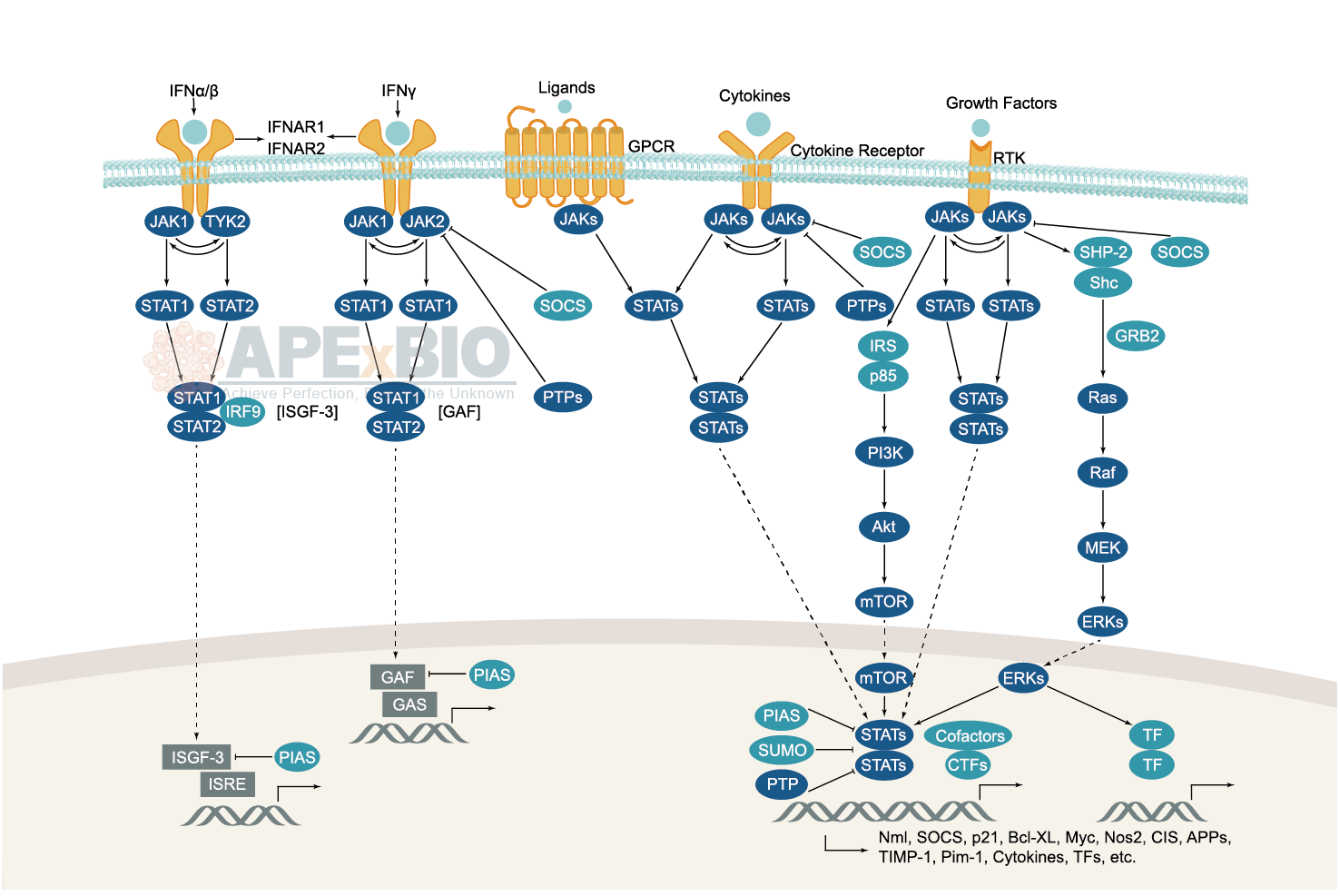
Various ligands including cytokines (e.g. interferons and interleukins), hormones (e.g. erythropoietin and growth hormone) and their cell surface receptors activate JAK proteins, which autophosphorylate, and then phosphorylate the receptor. Subsequently, JAKs phosphorylate a specific tyrosine residue on the STAT protein, promoting dimerization via SH2 domains. The activated STATs form homo-/heterodimers and translocate to the nucleus to trigger target gene transcription. In addition, suppressors of cytokine signaling (SOCS) family inhibit receptor signaling via homologous or heterologous feedback regulation. Dysregulation in JAK/STAT signaling is associated with diseases such as atherosclerosis, immunodeficiencies and cancer.
-
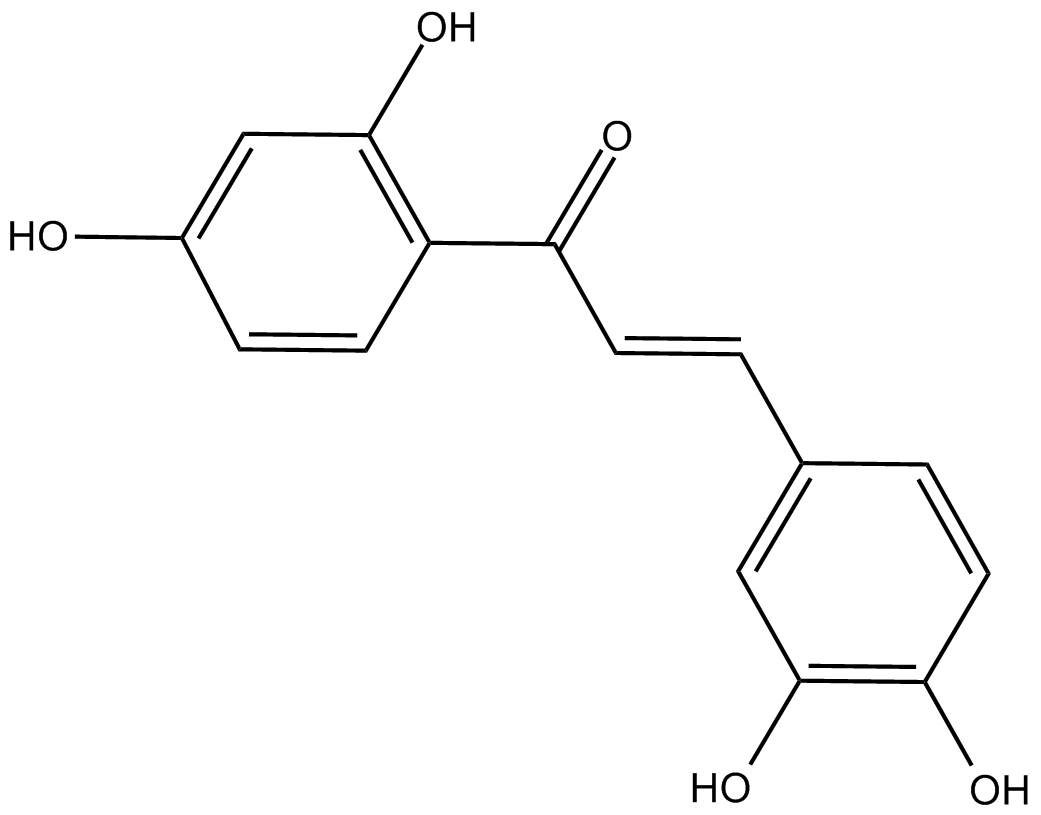 A2689 ButeinTarget: Src|STAT|EGFR|Angiotensin-Converting Enzymes (ACEs)|5-Lipoxygenases|PTK|enoyl-acyl-carrier protein reductaseSummary: Protein kinase inhibitor
A2689 ButeinTarget: Src|STAT|EGFR|Angiotensin-Converting Enzymes (ACEs)|5-Lipoxygenases|PTK|enoyl-acyl-carrier protein reductaseSummary: Protein kinase inhibitor -
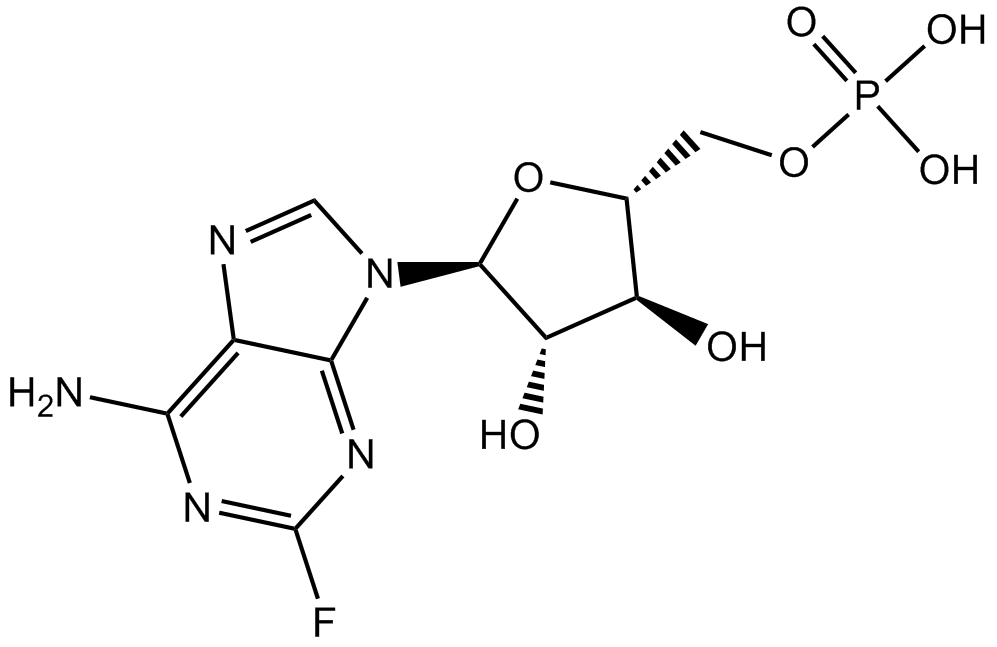 A8317 Fludarabine Phosphate (Fludara)2 CitationTarget: STATSummary: Inhibits STAT1 activation and DNA synthesis
A8317 Fludarabine Phosphate (Fludara)2 CitationTarget: STATSummary: Inhibits STAT1 activation and DNA synthesis -
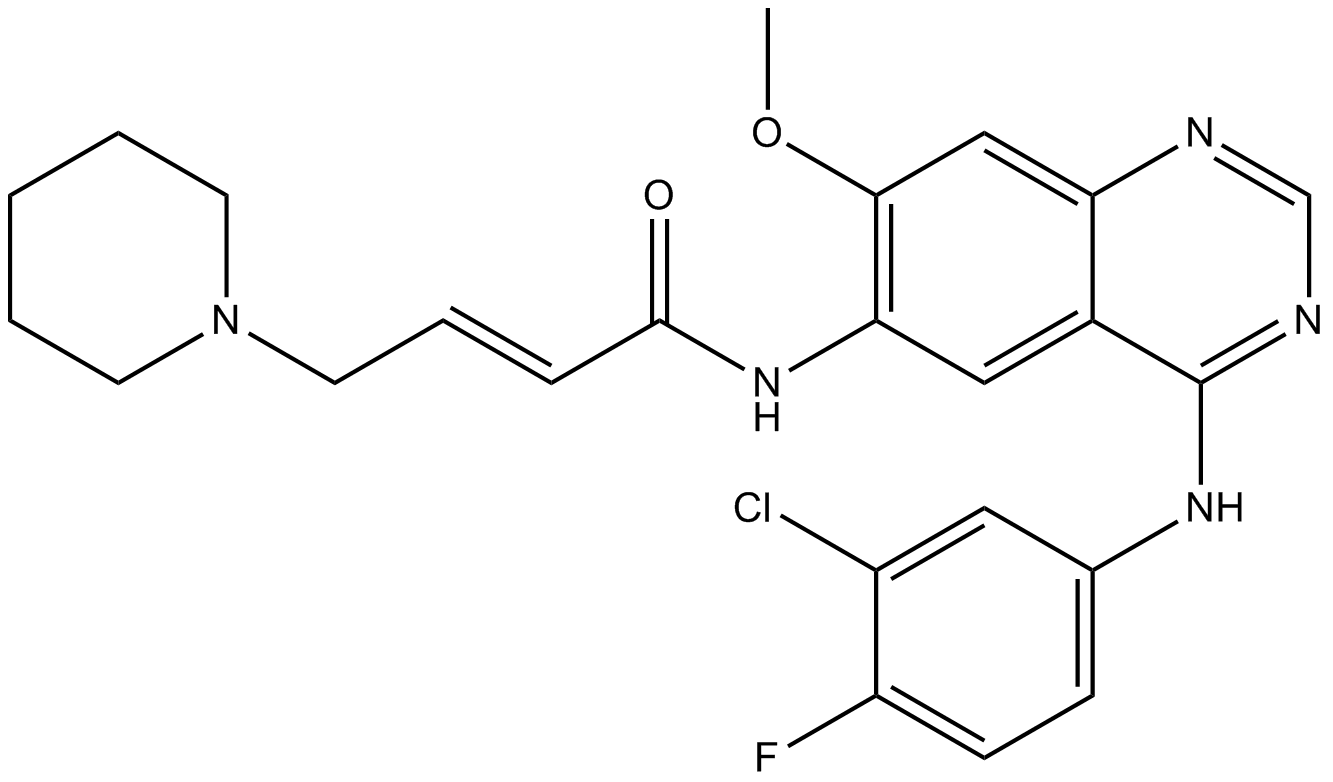 A8319 Dacomitinib (PF299804, PF299)Target: ErbBSummary: HER inhibitor
A8319 Dacomitinib (PF299804, PF299)Target: ErbBSummary: HER inhibitor -
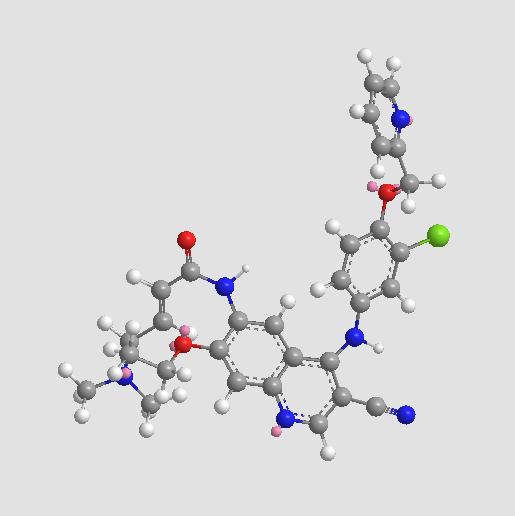 A8322 Neratinib (HKI-272)1 CitationTarget: EGFRSummary: HER2/EGFR inhibitor,potent and irreversible
A8322 Neratinib (HKI-272)1 CitationTarget: EGFRSummary: HER2/EGFR inhibitor,potent and irreversible -
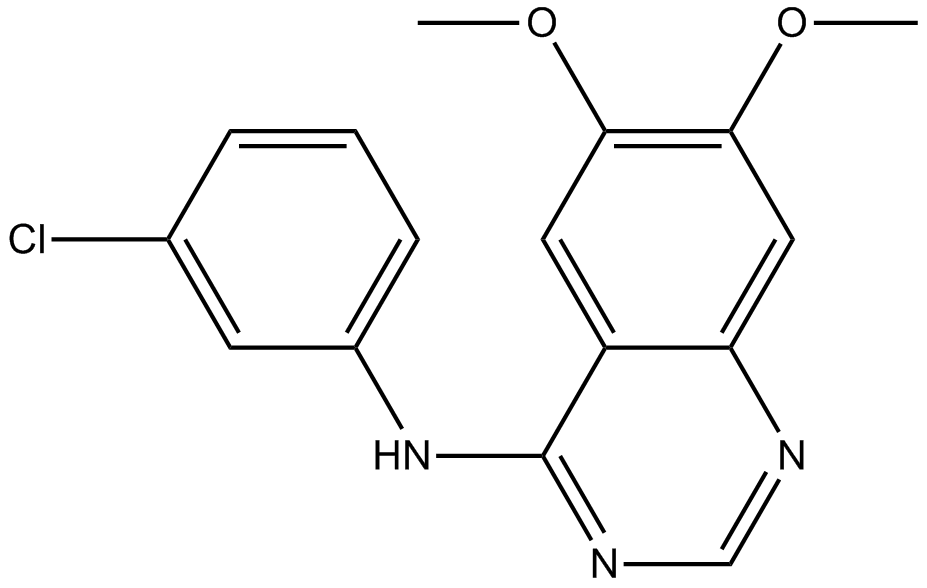 A8357 AG-1478Target: EGFRSummary: EGFR inhibitor,potent and selective
A8357 AG-1478Target: EGFRSummary: EGFR inhibitor,potent and selective -
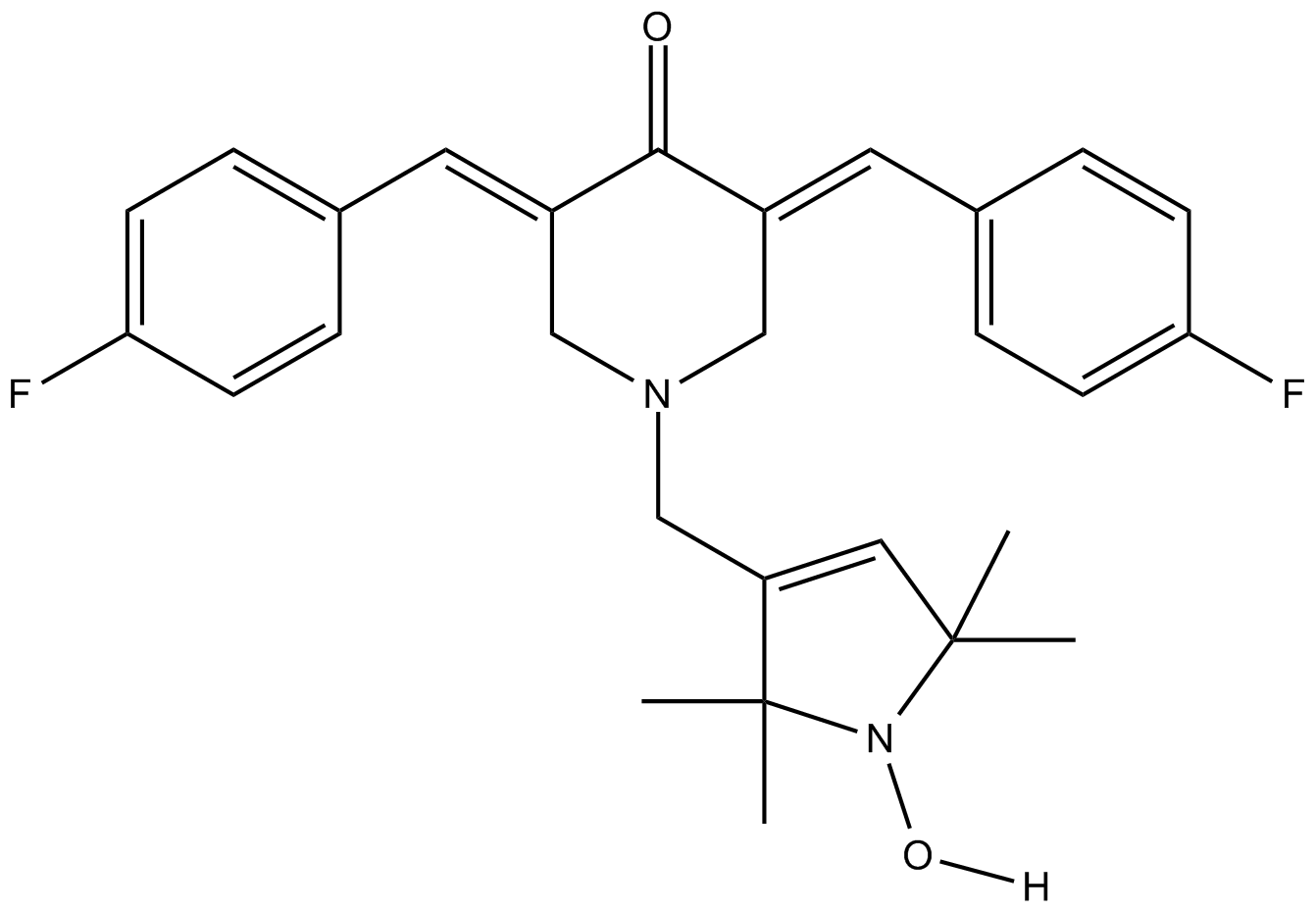 B4970 HO-38671 CitationTarget: STATSummary: STAT3 inhibitor, selective
B4970 HO-38671 CitationTarget: STATSummary: STAT3 inhibitor, selective -
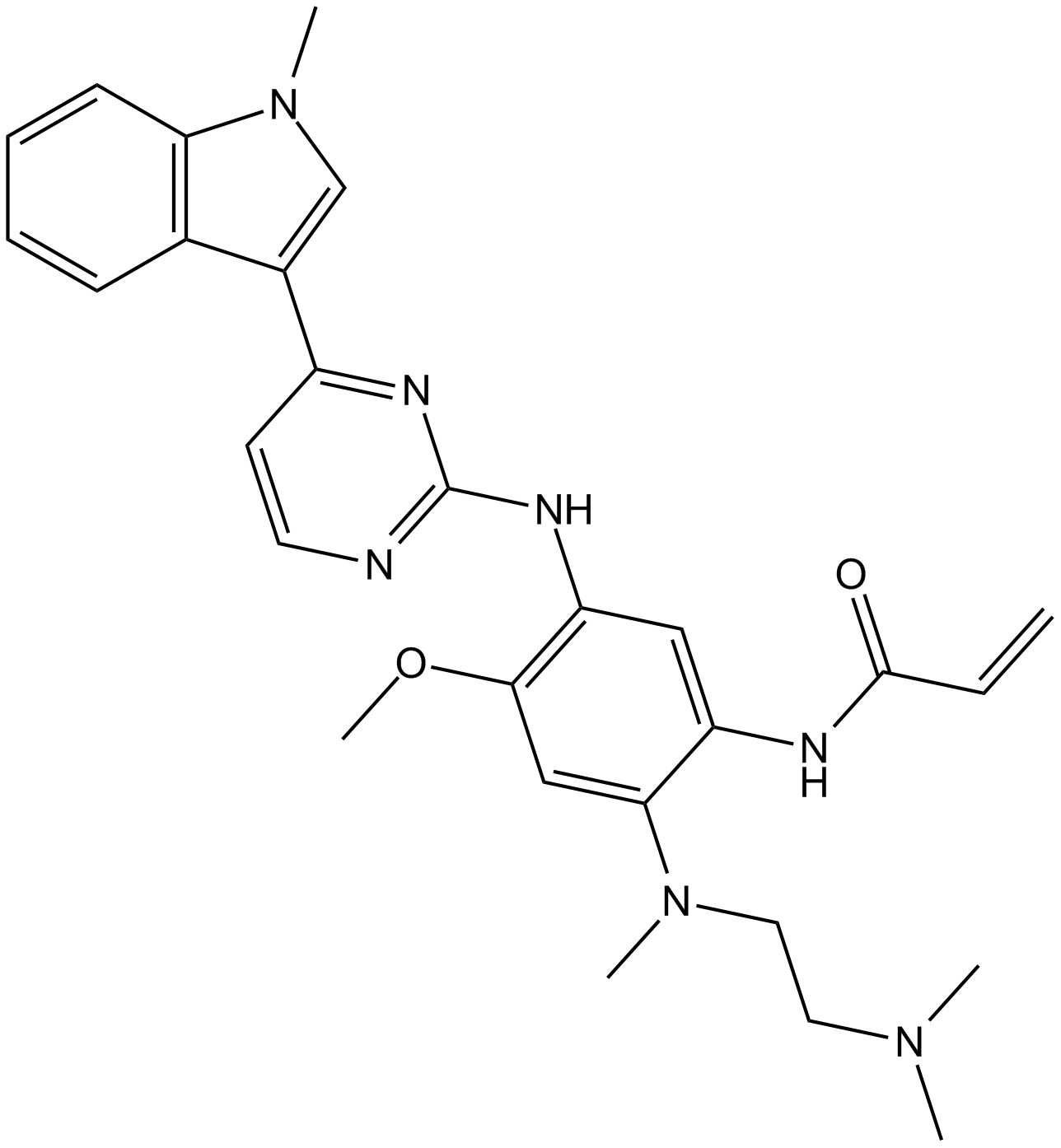 B1104 AZD-92911 CitationTarget: EGFRSummary: Mutated forms EGFR inhibitor
B1104 AZD-92911 CitationTarget: EGFRSummary: Mutated forms EGFR inhibitor -
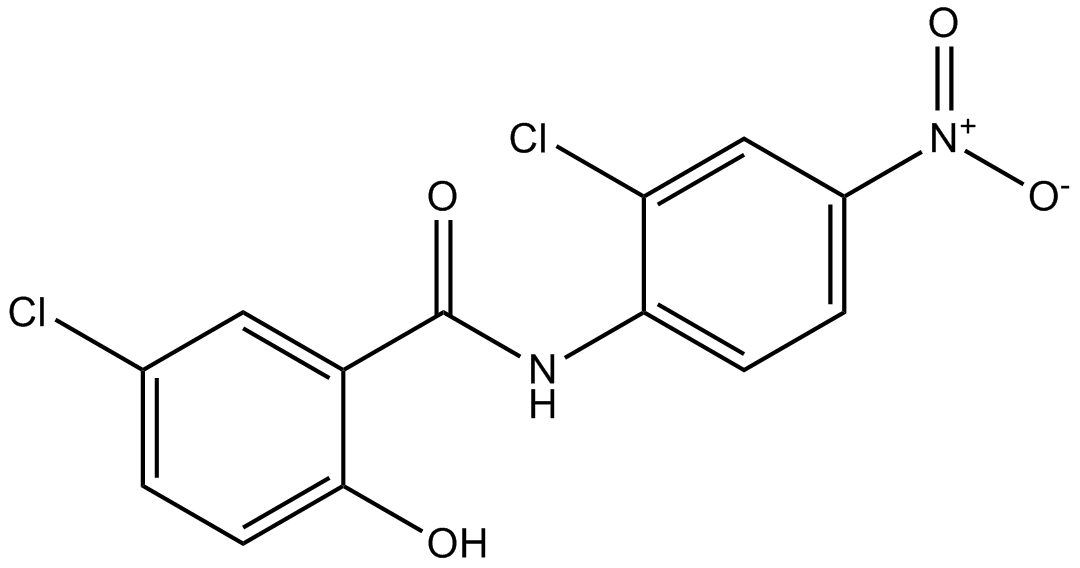 B2283 NiclosamideTarget: STATSummary: Inhibitor of the STAT3 signaling pathway
B2283 NiclosamideTarget: STATSummary: Inhibitor of the STAT3 signaling pathway -
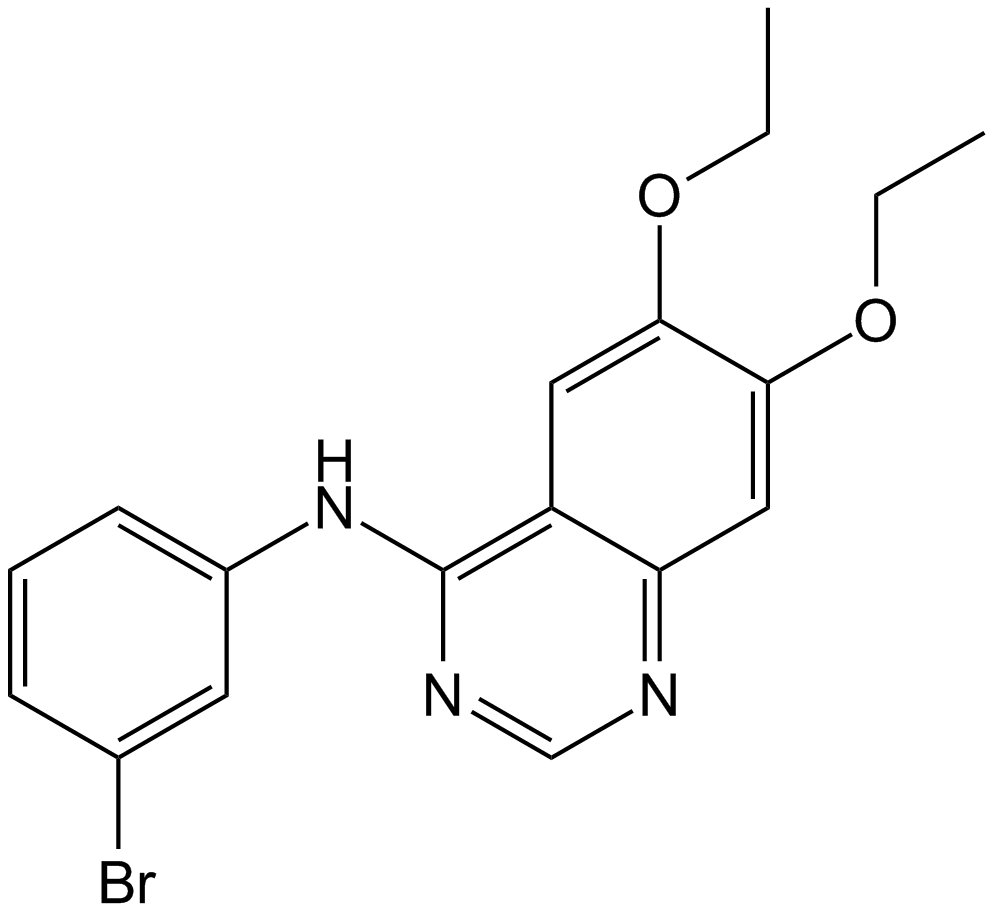 A8197 Compound 561 CitationTarget: EGFRSummary: REGFR inhibitor
A8197 Compound 561 CitationTarget: EGFRSummary: REGFR inhibitor -
 A8199 PD153035 hydrochloride1 CitationTarget: EGFRSummary: Potent EGFR inhibitor
A8199 PD153035 hydrochloride1 CitationTarget: EGFRSummary: Potent EGFR inhibitor

